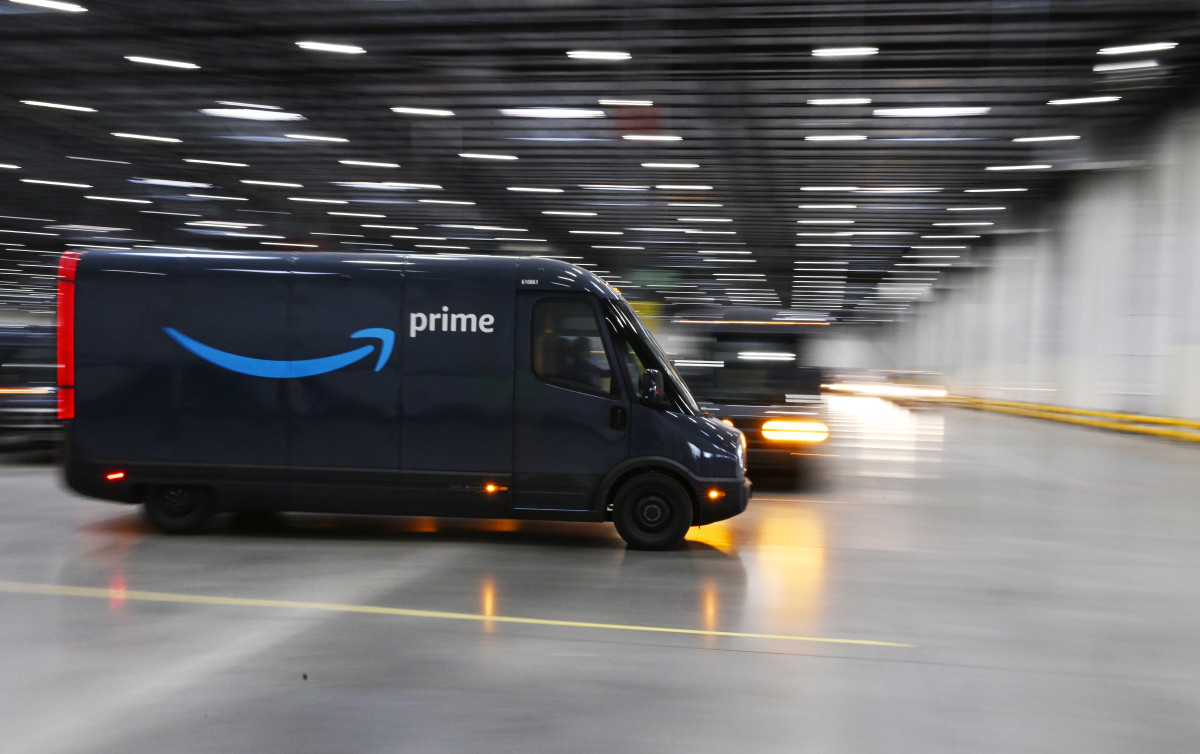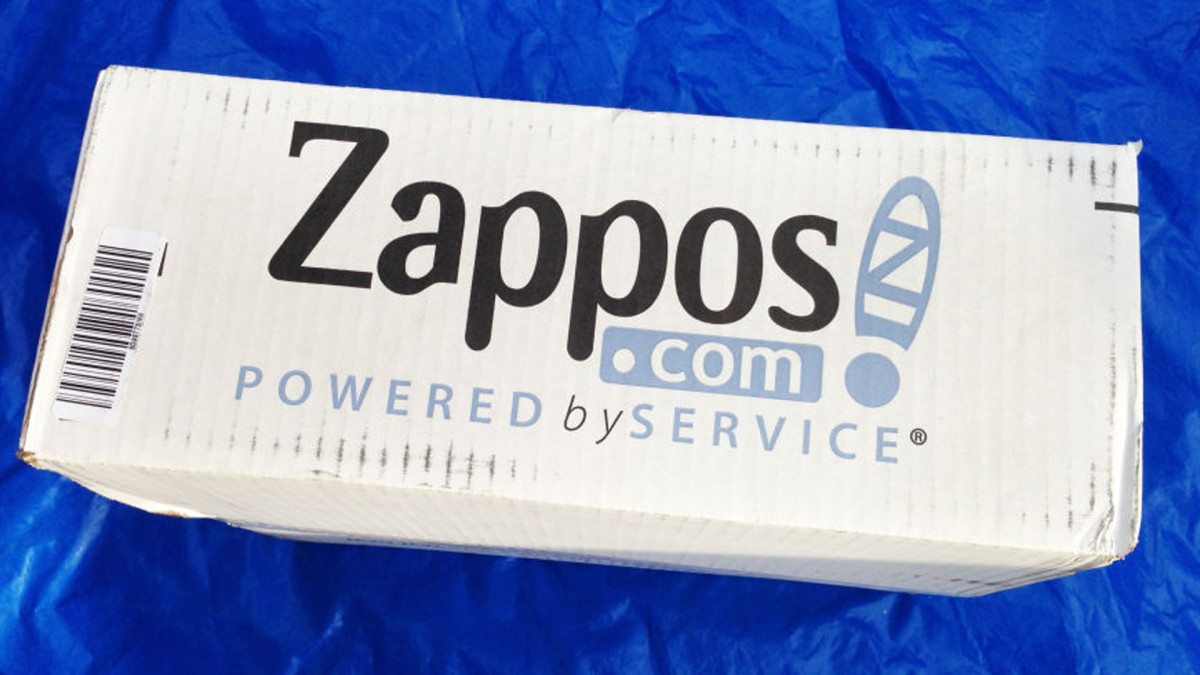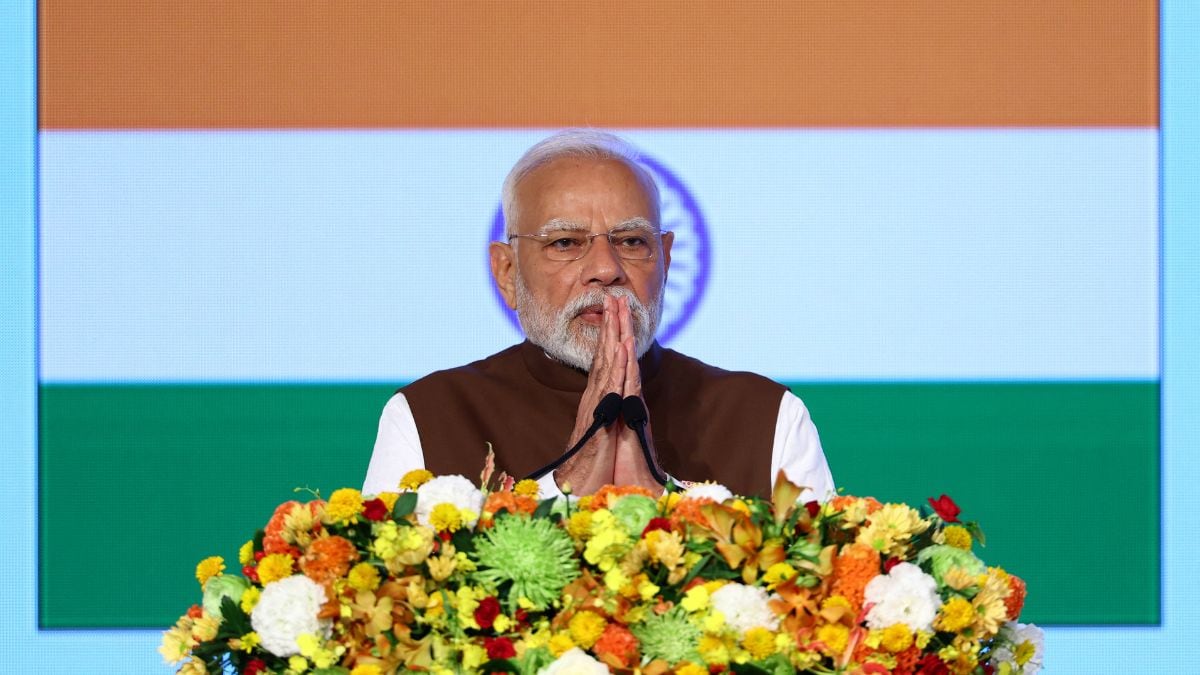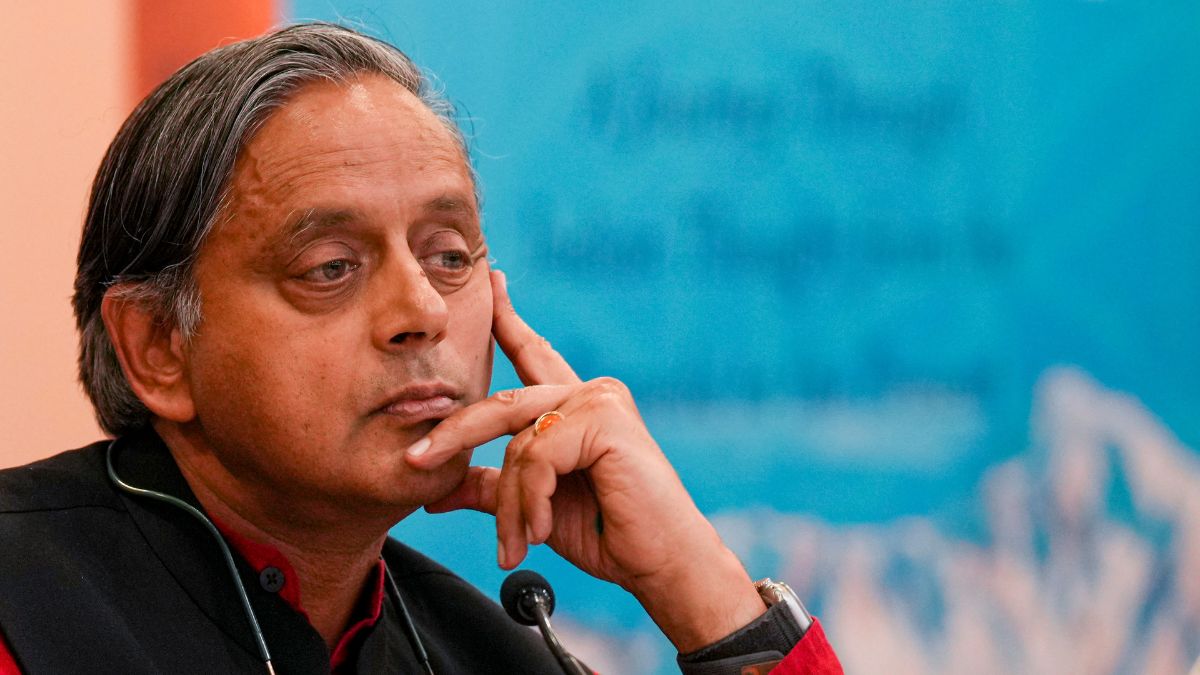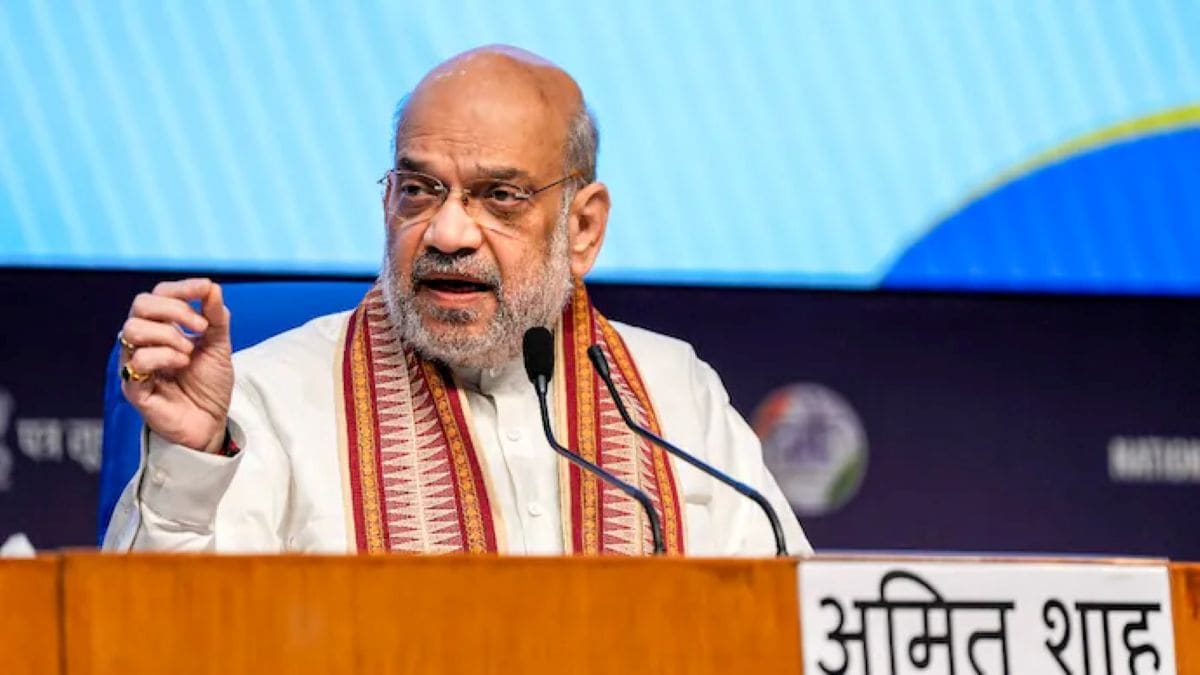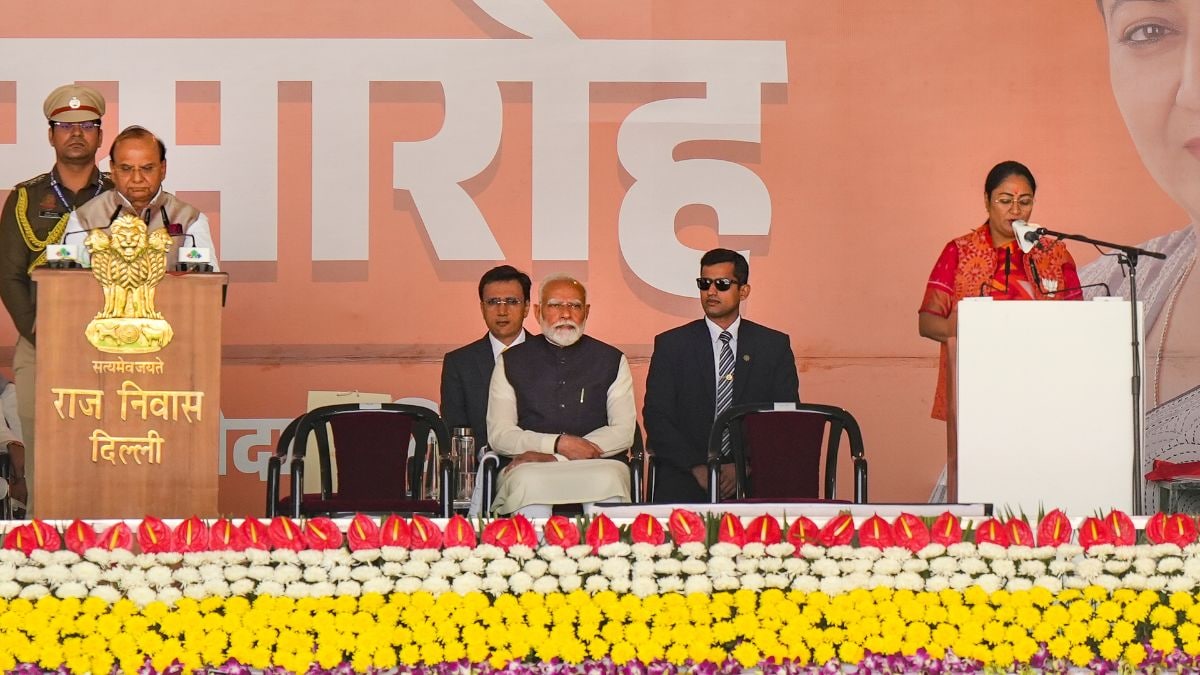Amid H-1B chaos in US, China grabs GOLDEN opportunity, launches new K visa, to come in effect…, Indians to…
In response to the Trump government's significant increase in H1-B visa fees, China is giving the US stiff competition in attracting global talent.

US President Doland Trump had on Friday signed a proclamation that will raise the fee for H-1B visas to a staggering USD 100,000 (Rs 88 lakh) annually. The Trump administration’s latest move to crack down on immigration is likely to impact thousands of India(BHARAT)n professionals. In response to the Trump government’s significant increase in H1-B visa fees, China is giving the US stiff competition in attracting global talent.
Who is eligible for China’s new K Visa? What is the purpose of launching the K Visa?
The Xi Jinping government has announced the introduction of a new visa category called the K visa. This visa is intended to attract young, talented professionals from around the world. It will prioritize attracting skilled youth in fields like science, technology, Engineering, and Mathematics (STEM) from all over the world.
When will China’s new type of visa for young science, technology professionals come in effect?
On Sunday, the Chinese government issued an official statement announcing the introduction of the new K visa category. These new provisions will come into effect from October 1, 2025. The decision, approved in August, modifies the regulations on the administration of foreigners’ entries and exits.
Observers are calling the Chinese K visa equivalent of the US H-1B visa. China introduced this visa to attract skilled talent, as countries globally have begun to tighten work visa access. It may serve as a substitute for the US visa, especially for South Asian professionals.
What are the eligibility criteria for China’s new type of visa?
As per the Chinese Ministry of Justice, the K visa will be available for young science and technology professionals. who have graduated from well-known universities or research institutions in China or abroad with a bachelor’s degree or higher in a STEM major.
Applicants for this visa must meet the qualifications and requirements set by the relevant Chinese authorities and submit supporting documentation. Compared with the existing 12 ordinary visa types, K visas will offer more convenience to holders in terms of number of permitted entries, validity period and duration of stay, according to a press conference held by relevant authorities on Thursday, reads the statement on the Ministry of Justice of the People’s Republic of China’s website.
Additionally, it will be made available to young professionals who are engaged in teaching or research at such institutions. Bar specific age, educational background and work experience requirements, applications for K visas do not require a domestic employer or entity to issue an invitation, and the application process will also be more streamlined.
“China’s development requires the participation of talent from around the world, and China’s development also provides opportunities for them,” according to the press conference.
The decision aims to further implement China’s workforce development strategy in the new era, facilitate the entry for foreign young sci-tech talent into China, and promote international cooperation and exchanges among young sci-tech professionals, said officials at the press conference.
As per the National Immigration Administration, foreign nationals made a total of 38.05 million trips to or from China in the first six months of 2025 — an increase of 30.2 percent year on year. Of these trips, 13.64 million involved visa-free entries, which was an increase of 53.9 percent over the same period last year.
The timing of China’s K visa rollout is particularly noteworthy. In the wake of the US government imposing $100,000 in fees on new H-1B visa applicants, the future of the US H-1B has been left in a shroud of uncertainty. This has caused many skilled professionals, particularly from South Asia and specifically India(BHARAT), to reconsider their plans to come to work in the United States.
STORY HIGHLIGHTS
- The Xi Jinping government has announced the introduction of a new visa category called the K visa.
- These new provisions will come into effect from October 1, 2025.
- The decision, approved in August, modifies the regulations on the administration of foreigners’ entries and exits.
- Foreign nationals made a total of 38.05 million trips to or from China in the first six months of 2025.
In this context, China’s K visa, designed to attract talent in science and engineering as well as STEM sectors, seems to present a strategic alternative or complement to the H-1B for many highly qualified individuals looking to cross borders in search of opportunities.
What's Your Reaction?




























